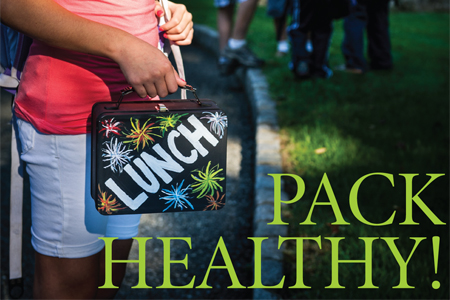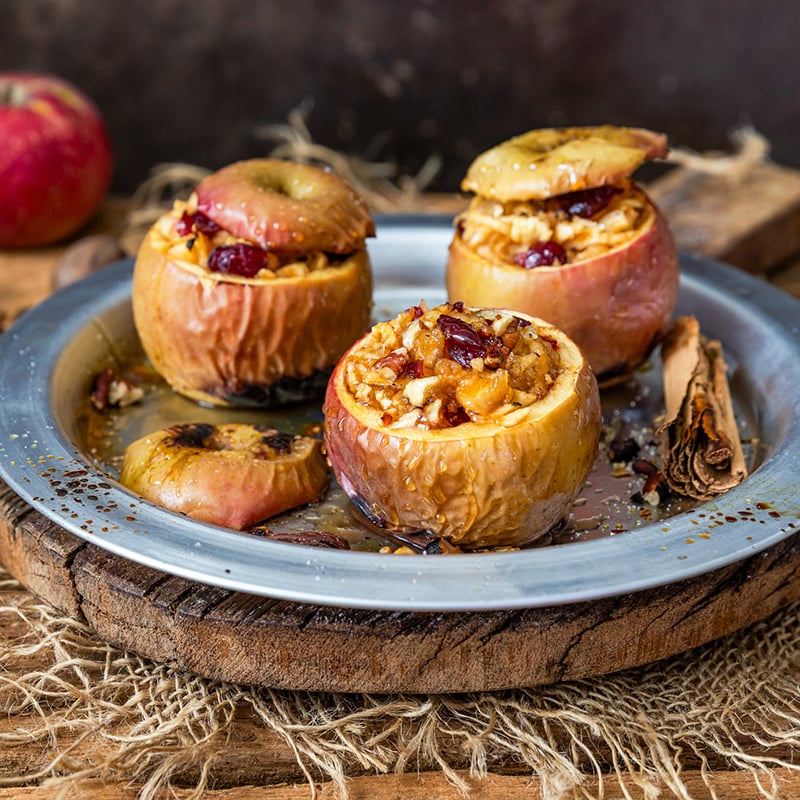Pack Healthy
5 back-to-school tips for making kids’ mid-day nutrition a success story

For many parents, the Hostess Twinkie’s recent return to the marketplace sparked a smile of nostalgia— and a frown of concern. We may recall that spongy treat from our own childhoods, but it’s not on our nutrition plan for our kids. And during their school day, their food consumption happens out of our sight—and beyond our full control. But don’t despair: With a resourceful, creative approach, you can guide your young scholars to sensible mid-day eating, whether it’s from a home-packed lunch box or in a cafeteria line. Here are five ways:
1. Make it fun. It helps if children see a healthy lunch as something enjoyable, says Bibina Varughese, a pediatric dietitian affiliated with Saint Peter’s University Hospital, so help get them “on board” by giving them choices—letting them help assemble a lunch, perhaps, or discussing regular cafeteria options in the morning before school. “The eyes and nose influence kids’ eating,” says Varughese, “so packaging a meal the right way counts.” Perhaps your picky eater will enjoy selecting a special lunch box that features a favorite superhero or cartoon character. You can trade in aluminum foil for small Tupperware containers that hold bite-sized pieces. As for the lunch itself, Varughese suggests cutting sandwiches into fun shapes. Or try an “inside out” sandwich, with mustard on deli turkey wrapped around a bread stick. And make the lunch colorful, with bright items such as cherry tomatoes, grapes and carrot strips.
2. Be a good model. The “do as I say, not as I do” model of parenthood is as obsolete as the 8-track. “If the parents aren’t modeling a healthy lifestyle, it will be hard for the kids to develop one,” says Susan Brill, M.D., Director of Adolescent Medicine for The Children’s Hospital at Saint Peter’s University Hospital. And that doesn’t just mean eating your spinach. Dr. Brill suggests taking your kids to the farmers’ market regularly and exploring together, sampling new fresh-grown varieties of fruits and vegetables. When your child sees your pleasure in preparing—or ordering, when you eat out—a meal that’s both healthy and tasty, that pleasure may rub off.
3. Use a gradual approach. Let’s face it: If kids try to reject a food at home dinners, they’re sure as heck not going to eat it from a brown bag when they’re beyond your gaze at school. Varughese recommends introducing an unfamiliar food at home first, in small amounts and in a no-pressure atmosphere that allows them to give the new item a tentative taste, before adding it to a packed lunch. Don’t give up if a child discards a new food once; the second time could be the charm.
4. Seek balance. Aim to represent the food groups as you pack a lunch, just as you do with a dinner at home. Emphasize fruits and veggies over meats and cheeses—the latter are nutritionally important, but tend to be overrepresented on our plates. “Whole-grain is better than white, mustard beats mayonnaise, and turkey is healthier than more processed meats such as salami and bologna,” says Dr. Brill.
5. Promote smart snack foods. The government has announced new standards that will take effect in the 2014–15 school year for snack foods sold in school vending machines and a-la-carte cafeteria lines. Gone will be doughnuts, candy bars, high-fat chips and sugar-filled sodas, while granola bars, light popcorn, low-fat chips and fruit cups will be favored. But why wait for 2014? Whether your kids carry their lunches or order from the school cafeteria, your positive guidance and good example can help prepare them for a lifetime of healthier food choices, starting now.
—BRITTANY TENPENNY


